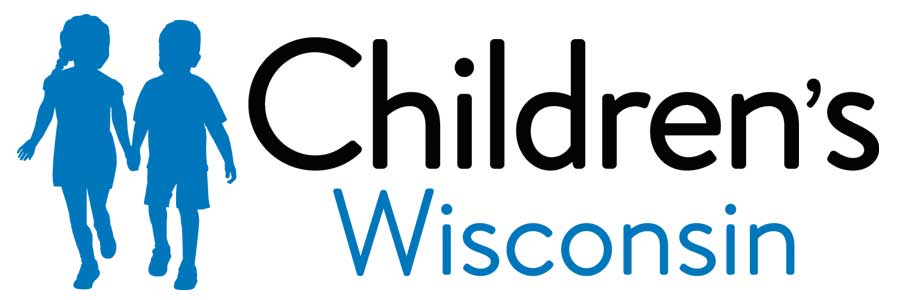Tonsillectomy and adenoidectomy
Key points below
What is a tonsillectomy?
This surgery takes out your child's tonsils. The tonsils are far back on each side of the throat. They are often taken out if your child has had many infections (tonsillitis), sore throats, breathing or swallowing problems.What is an adenoidectomy?
This surgery takes out your child's adenoids. The adenoids are behind the nose and hidden behind the roof of the mouth (palate). They are often taken out if they block the tube that connects the middle ear to the back of the throat, are large or block the nasal passage.What do I need to know before my child's surgery?
Do not give your child these medicines at least 2 weeks before surgery. They increase the chance of bleeding during surgery.• Ibuprofen (Motrin®, Advil®, Pediaprofen®)
• Naproxen
• Aspirin
You can give Tylenol as needed. Do not stop any prescribed medicines without talking with your doctor. If your child is put on any medicine other than an antibiotic before surgery, please call our office.
• We try to schedule surgery as soon as possible. If you have not heard from us in 2 weeks, please call our office.
• Surgery is best done when your child is healthy. If your child has signs of illness, call your child’s doctor or nurse right away. Surgery may be cancelled if your child is ill or has a fever.
What do I need to know after my child’s surgery?
Your child will need to meet these goals before going home:• Taking enough fluids.
• Feeling comfortable.
• Getting back to some quiet activities.
What to expect
Your child may have:
• Throat, ear, and jaw pain for one to two weeks. Ear pain is rarely due to an ear infection.
• Bad breath. This is very common and will go away. Do not give your child mouthwashes or gargles.
• Increased nasal drainage. This may last for a few days after surgery.
• Children often have a mild fever after surgery. It is normal to have a temperature of 100 to 102 F (37.8 to 38.9 C) for a day or two.
Pain
Every child copes with pain differently. Give acetaminophen (Tylenol) or Ibuprofen as needed. You may alternate the Tylenol and ibuprofen. Use this chart to help you remember: #1360 Going home with medicine
If your child has bleeding issues, do not give ibuprofen.
• Your doctor may prescribe a stronger prescription pain medicine. This medicine is called a narcotic. Some narcotics contain acetaminophen (Tylenol). If your child is taking a narcotic, check with your doctor before giving Tylenol.
• If your child needs more pain medicine, call the nursing line at (414) 266 2982. After hours call (414) 266-2000. Ask to have the ENT doctor on call paged.
• Be sure to follow the directions on the bottle label of all medicines you give your child.
• If you child does not want to drink fluids it may mean that your child is having pain. You may need to give pain medicine more often. If you are not sure, talk with your child’s doctor about pain medicine needs.
• Taking pain medicine about 30 minutes before eating may help your child swallow with less pain. The more your child swallows, the sooner the throat pain will go away.
• If your child is getting too sleepy, itchy or has an upset stomach (nausea) from the narcotic, give the plain Tylenol (acetaminophen) instead.
• Give pain medicines with food or something to drink to help prevent an upset stomach or nausea. Plenty of fluids are needed to keep the body fluids normal and to prevent hard stools (constipation). If your child is constipated, please use over the counter Miralax.
• Remember that pain may increase 5 to 7 days after surgery when the scab falls off.
Diet
• Have your child drink plenty of fluids to avoid dehydration.
‒ Start with clear liquids. This includes flat white soda, water, broth, apple juice, Jell-O® and popsicles.
‒ Add other liquids to your child's diet like ice cream, milk, milkshakes, cream soups, pudding.
‒ Slowly add soft foods like mashed potatoes, soft buttered toast, eggs.
‒ Avoid drinks with high acid such as orange juice and carbonated sodas as they can cause pain on a sore throat.
• If your child does not have an upset stomach when fully awake from surgery, a regular diet can be started.
• If your child is constipated, give over the counter Miralax.
Activity
Avoid rough play, gym, swimming, and contact sports for 2 weeks after surgery.
• Your child may go back to school or daycare after:
– They are eating and drinking normally.
– Pain medicine is no longer being used.
• Travel away from home is not recommended for 2 weeks after surgery.
Healing
• When you look into your child's mouth, you may see gray, white or yellow patches where the tonsils were.
• Some children may have liquids come out through their nose due to swelling from the surgery. This will slowly improve as your child recovers. Continue to give your child fluids to drink.
• Your child's voice may sound different as if "talking through the nose." This should return to normal after healing is complete. Voice changes may occur for 2 weeks.
• Snoring may still be present for a few weeks after surgery.
Follow up care
• We will call you in 3 to 4 weeks to see how your child is doing.
• You do not need an appointment unless you have specific concerns.
• We would be happy to see your child if needed.
Other teaching sheets that may be helpful
• #1118 Opioid Safety
• #1360 Going home with medicine
